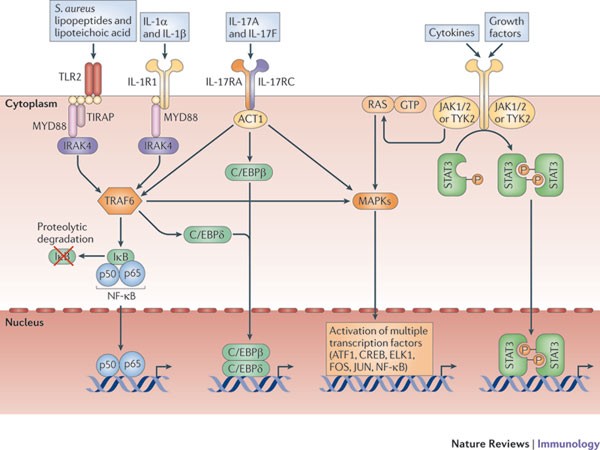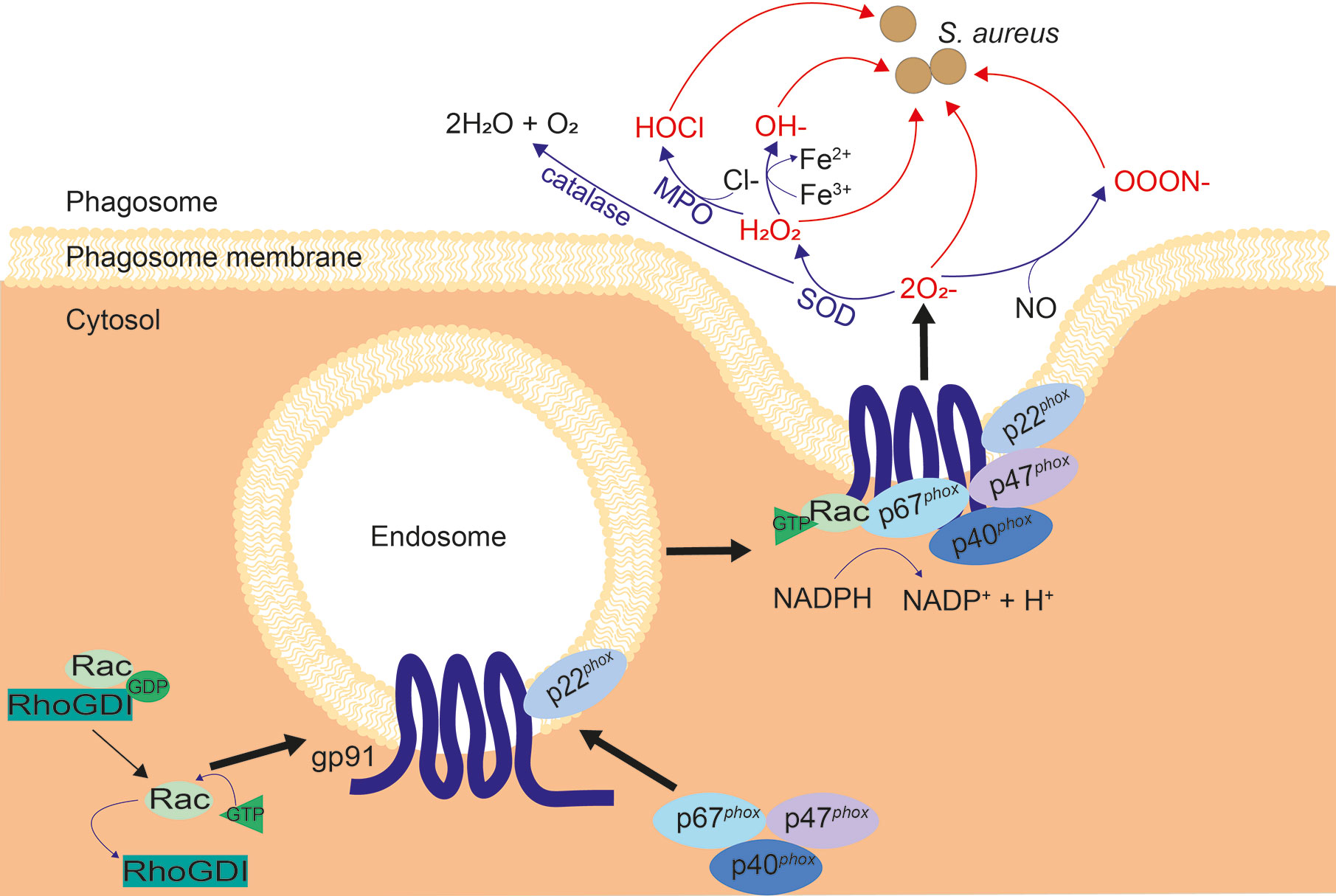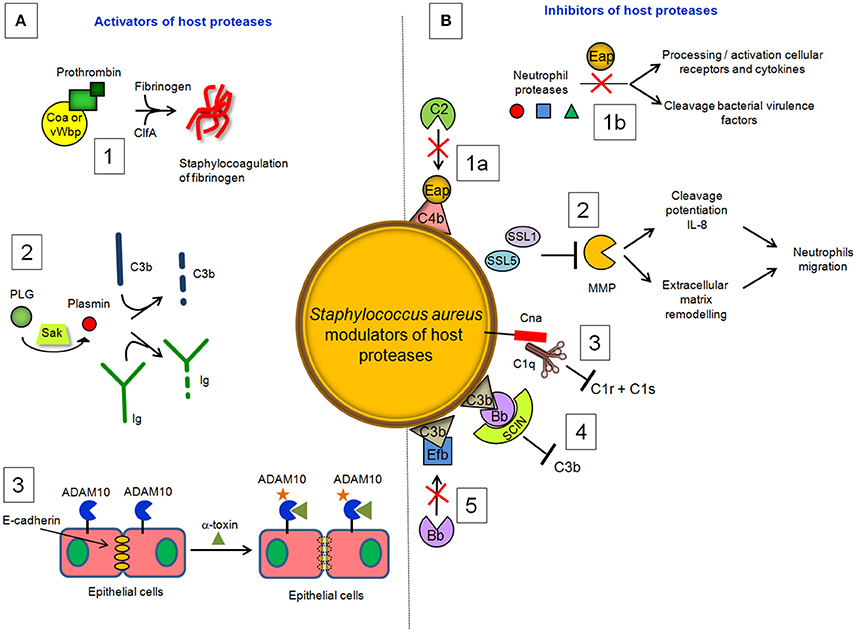Staphylococcus aureus uses the ArlRS and MgrA cascade to regulate immune evasion during skin infection - ScienceDirect
Por um escritor misterioso
Descrição
Skin is one of the most common sites of host immune response against Staphylococcus aureus infection. Here, through a combination of in vitro assays, …

Immunity against Staphylococcus aureus cutaneous infections

Frontiers The Role of Macrophages in Staphylococcus aureus Infection

Proposed model for how the ArlRS-MgrA regulatory cascade controls

Staphylococcus aureus Aggregation and Coagulation Mechanisms, and Their Function in Host–Pathogen Interactions - ScienceDirect

Staphylococcus aureus uses the ArlRS and MgrA cascade to regulate immune evasion during skin infection - ScienceDirect

Staphylococcus aureus - ScienceDirect

Octanoic acid promotes clearance of antibiotic-tolerant cells and eradicates biofilms of Staphylococcus aureus isolated from recurrent bovine mastitis - ScienceDirect

Biofilm-Associated Agr and Sar Quorum Sensing Systems of Staphylococcus aureus Are Inhibited by 3-Hydroxybenzoic Acid Derived from Illicium verum

Immunomodulatory biomaterials against bacterial infections: Progress, challenges, and future perspectives - ScienceDirect

Frontiers Staphylococcus aureus Manipulates Innate Immunity through Own and Host-Expressed Proteases

Staphylococcus aureus uses the ArlRS and MgrA cascade to regulate immune evasion during skin infection - ScienceDirect

Novel aspects of RNA regulation in Staphylococcus aureus - ScienceDirect

PDF) Staphylococcus aureus adhesion in endovascular infections is controlled by the ArlRS–MgrA signaling cascade

Host blood proteins as bridging ligand in bacterial aggregation as well as anchor point for adhesion in the molecular pathogenesis of Staphylococcus aureus infections - ScienceDirect

Octanoic acid promotes clearance of antibiotic-tolerant cells and eradicates biofilms of Staphylococcus aureus isolated from recurrent bovine mastitis - ScienceDirect
de
por adulto (o preço varia de acordo com o tamanho do grupo)







